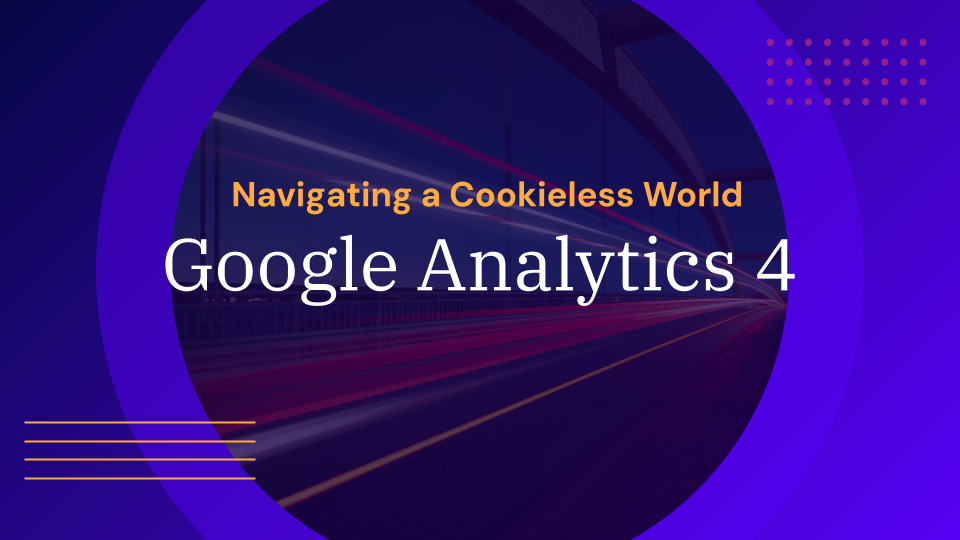
Back to the Basics – Privacy Ready in 5 Steps
You may be tired of hearing about privacy but please stick with me, I promise I won’t make a pun about cookies crumbling. What I do want to highlight are some foundational solutions which will safeguard your digital media activity in an evolving media landscape.
While Consent Management Platforms, CDPs, CRMs and first party data strategies are all important, not addressing the privacy solutions of your key media partners (and covering the basics) will hinder the opportunities presented by those partners. Which is why we’ve outlined a five step plan to make your digital media activity privacy ready, ensuring you maximize the potential of your partnerships.
- Implementing GA4
- Google Enhanced Conversions
- Meta Conversions API
- Google Consent Mode
- Google Customer Match
Step 1: Implementing GA4
Google Analytics is likely critical to your understanding of website and media campaign performance. However, Google has redesigned the data protocol, and the current analytics property you use will soon stop collecting data. Enter GA4, which collects and reports data differently. To ensure a seamless transition, it’s crucial to set up GA4 and become comfortable with the changes. At Incubeta, we have developed side by side reporting suites to facilitate this migration.
Your Guide To GA4Step 2: Google Enhanced Conversions
Privacy laws and customer controls have limited the data and conversions you can observe from Google campaign activity. Enhanced Conversions allows Google to model conversions based on logged-in users, mitigating the impact of data restrictions. By utilizing this feature, you can still gain valuable insights into campaign performance while maintaining user privacy.
Step 3: Meta Conversions API
Similar to Google Enhanced Conversions, Meta Conversions API models conversions based on user behavior, helping you understand campaign performance in a privacy-conscious environment. By leveraging this API, you can gather insights without relying heavily on traditional tracking methods.
Step 4: Google Consent Mode
Addressing the lack of visibility caused by non-consented users, Google Consent Mode provides a solution for understanding the impact of these users on your campaigns. By modeling results based on the non-consented numbers, you can gain a clearer understanding of the overall effectiveness of your digital advertising efforts.
Learn more about GCM: Why Do You Need To Consent To Consent Mode?
Step 5: Google Customer Match
Previously, cookies were the go-to method for effective retargeting within the Google ecosystem. However, with changing privacy regulations, it’s essential to adopt alternative strategies. Google Customer Match enables you to connect your CRM with Google Ads, empowering you to target and engage with customers based on first-party data. This approach ensures you maintain personalized advertising capabilities while respecting user privacy.
—
While technical and internal compliance challenges may have slowed the adoption of these privacy solutions, it’s essential to bridge the gap between partner-side challenges and your own future-proofing strategy. By implementing these five key steps, you can prepare your digital media activity for a future without cookies, ensuring you maximize your partnerships and maintain measurement precision and targeting capabilities. So, the next time someone asks you about preparing for a cookie-less future, confidently share these five actions for privacy-ready digital media activity.
Browse: Industry Insight
Read Next
Find out how we can help you
With offices around the world, we can build a team perfect for your needs.

